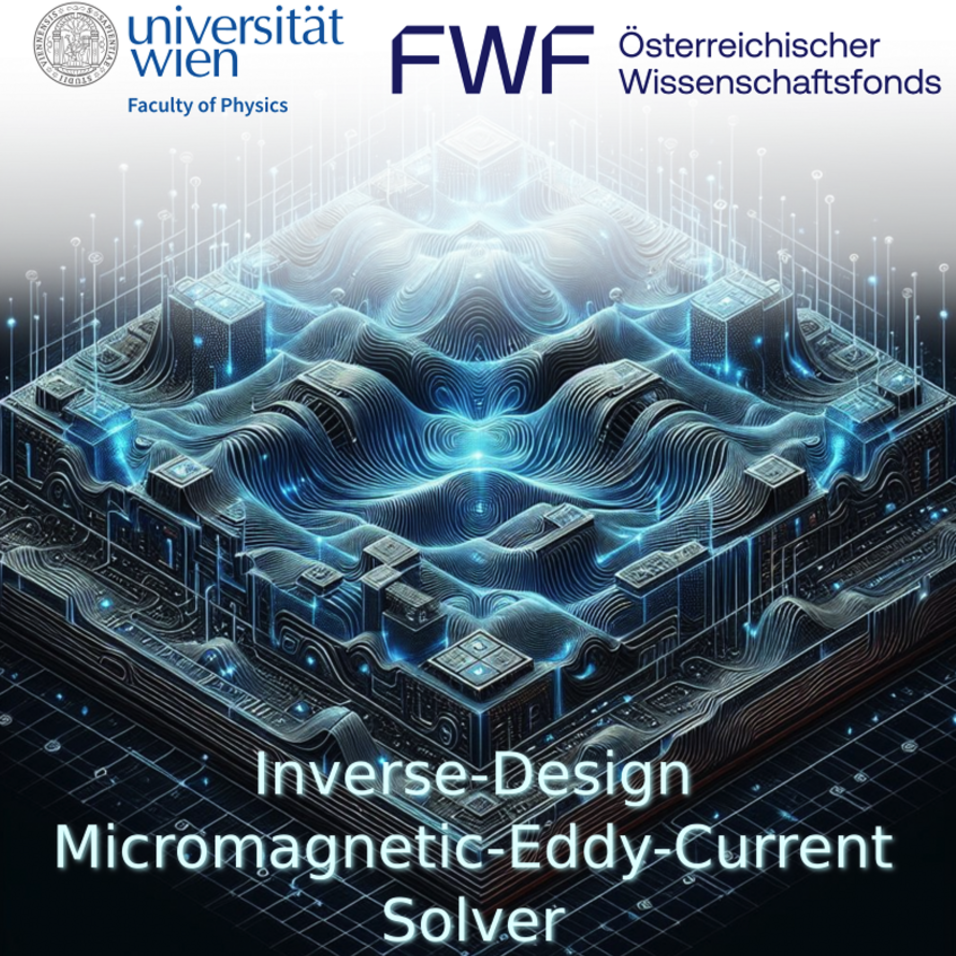The regular use of information and communication technologies such as mobile phone networks, mobile internet, Bluetooth, Wi-Fi, etc. has become an integral part of our everyday lives. However, the ever-increasing demands on wireless data transmission require new technologies, and the modern fifth generation of digital communication systems enables higher speed, greater bandwidth, shorter latency, broadband connectivity and lower energy consumption. In recent decades, surface acoustic wave devices have been the key components of filters and multiplexers for wireless data transmission systems. Nevertheless, the realisation for the 5G high band is a challenging task and a new technology is in high demand.
Propagating excitation in the spin system of a solid magnetic body - spin waves - could be a promising alternative. The main advantages of spin waves are the frequency range from one GHz up to ten THz, the use of conventional photolithography, no need for isolation, reconfigurability, non-linear and non-reciprocal functionalities. The main challenge in magnonic applications is the relatively low efficiency of the transducers for the excitation and detection of spin waves.
Within the IMECS project, led by Florian Bruckner and with Fabian Majcen as a PhD researcher, we develop new numerical methods and combine them with new machine learning concepts to design novel highly efficient spin wave transducers. Our approach is based on the fusion of micromagnetic simulations with an accurate description of the dynamic electromagnetic field. Micromagnetic simulations are a valuable tool to describe magnetic systems at the micrometer scale and have been successfully used in a variety of applications, including magnetic memories, magnetic sensors and the optimisation of magnetic circuits or materials at the microscale. A common limitation of current implementations is the use of the magnetostatic approximation, which ignores magnetic induction via Faraday's law. The extension of the micromagnetic simulations to a quasi-static electromagnetic field, including an accurate description of the induced electric fields, extends the applicability to high frequencies above a few GHz and will directly enable modern applications in the fields of spintronics, magnonics and microwave engineering.
The extended micromagnetic code developed in this project will form the basis for accurate modelling and understanding of the transducer behaviour. Complemented by modern design approaches such as machine learning and inverse design, the challenge of optimising transducer efficiency will be approached from a completely new perspective. First, the desired operating characteristics of the converter are formulated and then an optimal converter design is found using a numerical optimisation method. Finally, all optimised and new converter designs are manufactured using advanced nanofabrication equipment, tested experimentally and benchmarked. This completes the development cycle and paves the way for future magnonic applications.
- Discover more about the project and the Physics of Functional Materials Group HERE

